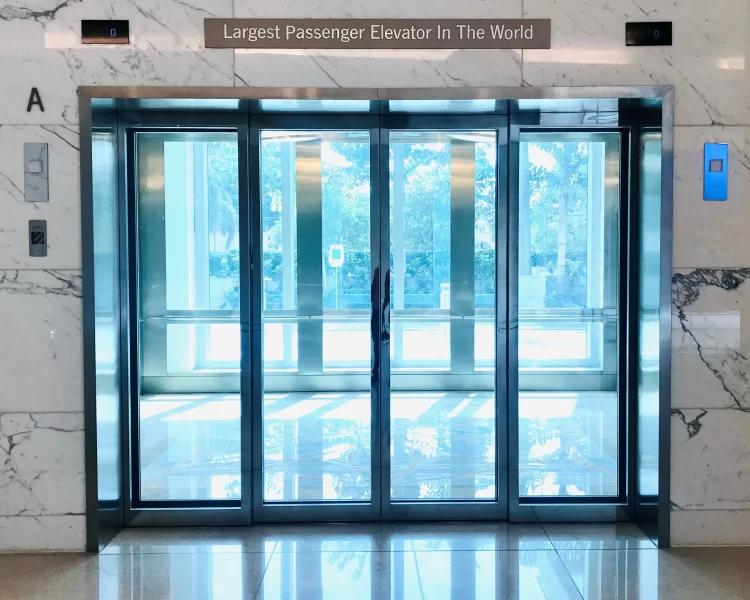UPDATE: As it turns out, this story is completely FAKE. After it was picked up by Yahoo News, this story got a lot of attention, but according to popular rumor-busting website, Snopes.com, it was just made up by someone who wanted to have a little fun. Well, I’m sure they had quite a laugh to see the Interwebs go crazy over their made-up Sheep Hotel. We fell for it, good job. We’ll just leave the original article below as proof of our “disgrace”:
Sheep are to the Japanese, what dogs are to the rest of the world – awesome pets. Owning sheep in Japan is considered quite fashionable and the latest luxury for the wealthy. Sheep are cute, cuddly, gentle and loving creatures, so who wouldn’t want to keep them, right? Pictures of the rich and famous dressed in designer clothing and holding their sheep by a leash are really quite amusing. And the wealthy Japanese apparently take quite good care of their sheep, even when they’re out of town. Hotel Sheep is a place where the Japanese leave their woolly pets behind whenever they are on vacation.
Hotel Sheep Guest House was inaugurated last month, the first and only place in the world meant exclusively for sheep. No other animal is allowed inside. Not even rams, because hotel authorities feel that ‘rams can be too harsh to accommodate’. And you would be surprised to know that at Hotel Sheep, the sheep aren’t housed in regular barns, but in luxury rooms. Thirty such rooms are available and each of these is equipped with several amenities, including fine beds and television sets, in case they get lonely. Other services include a full-time trained maid service, and complete clean up. Japanese sheep sure are lucky.

Read More »




















